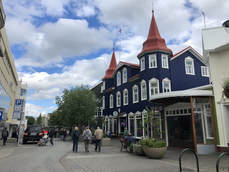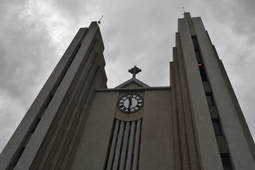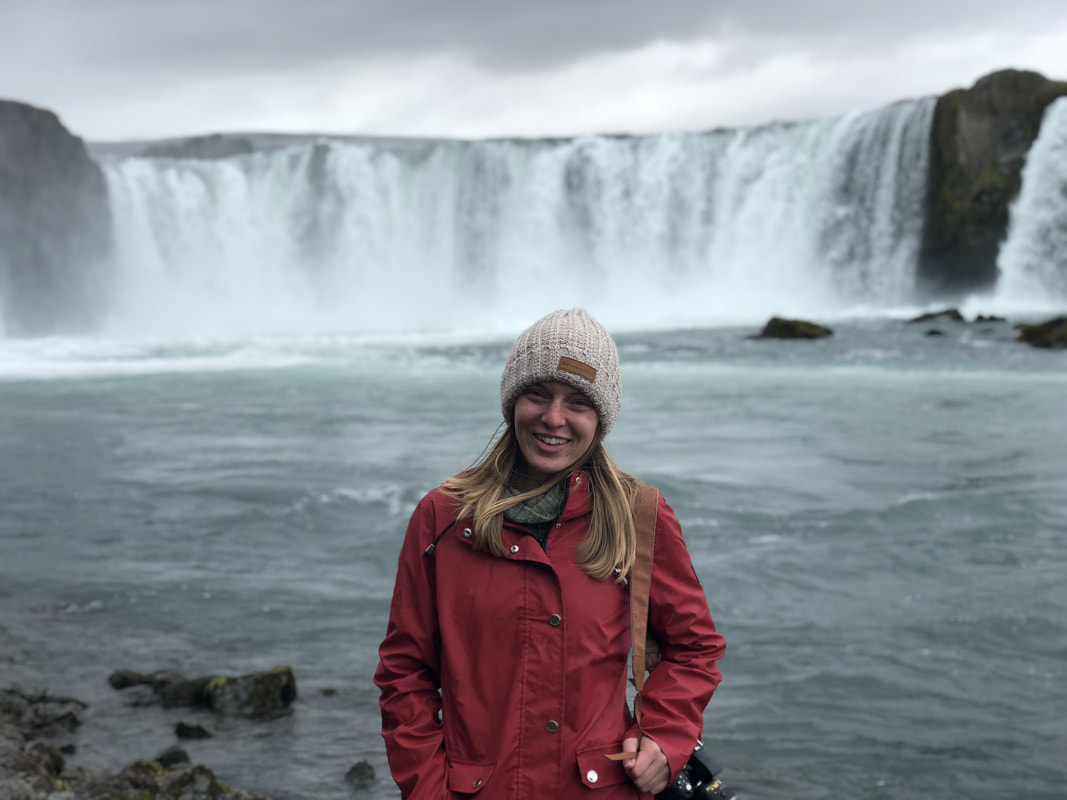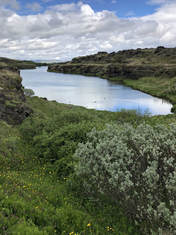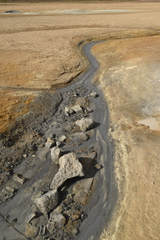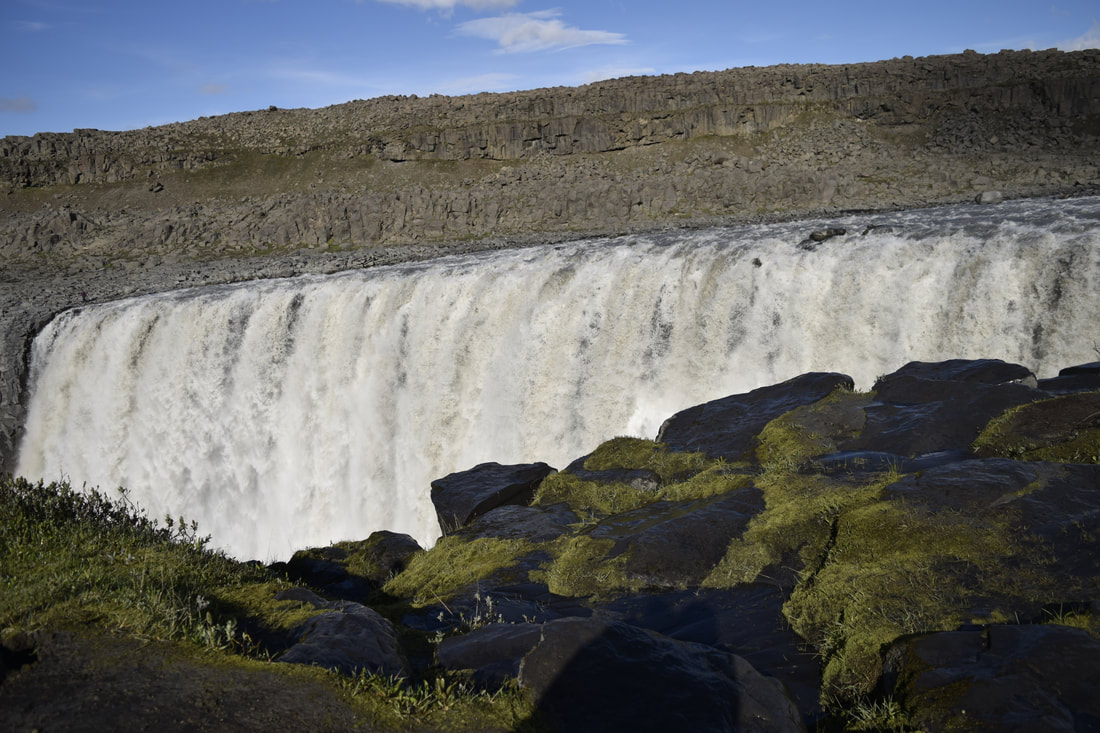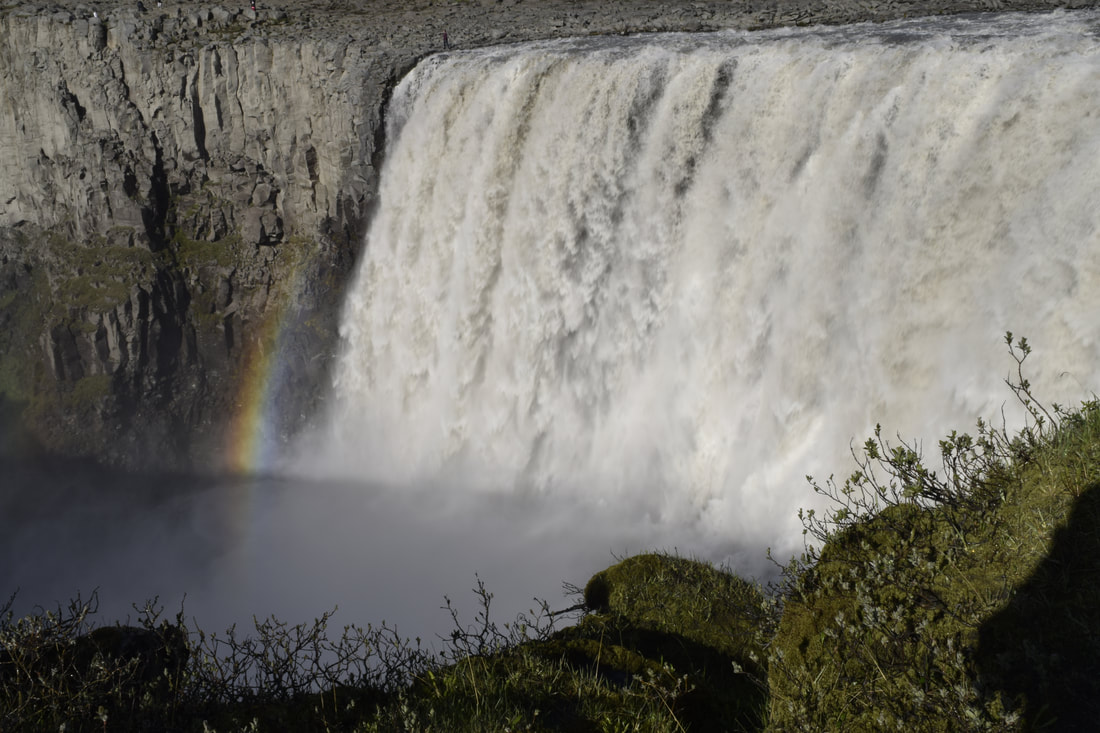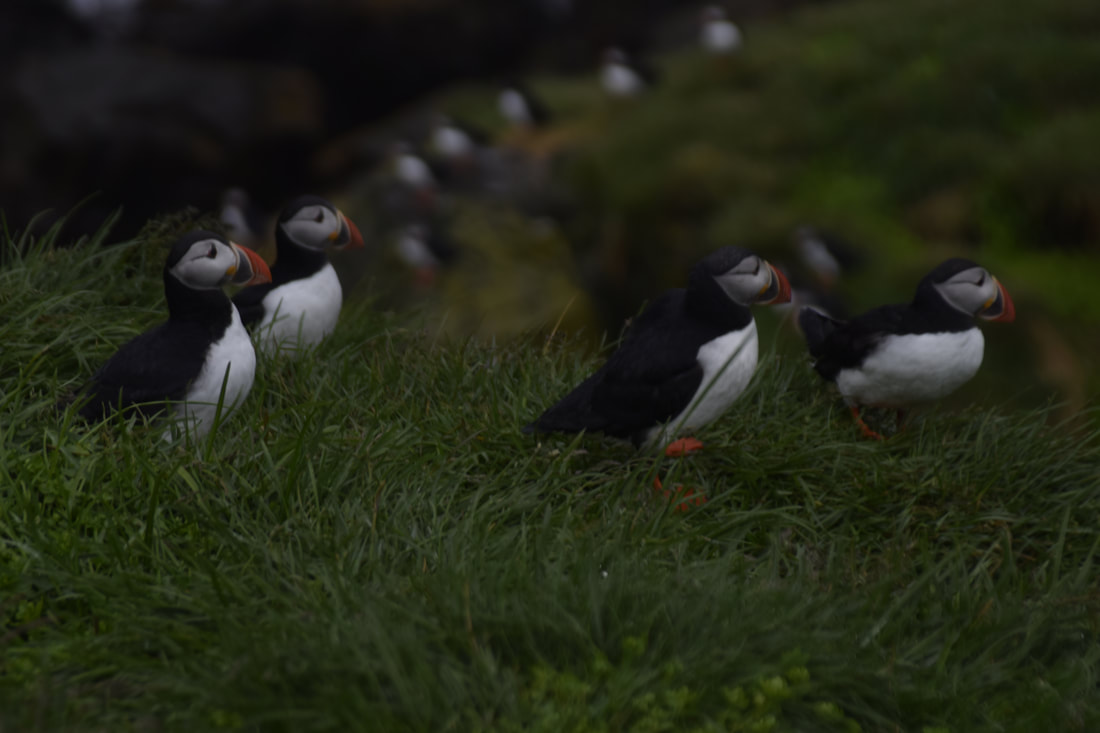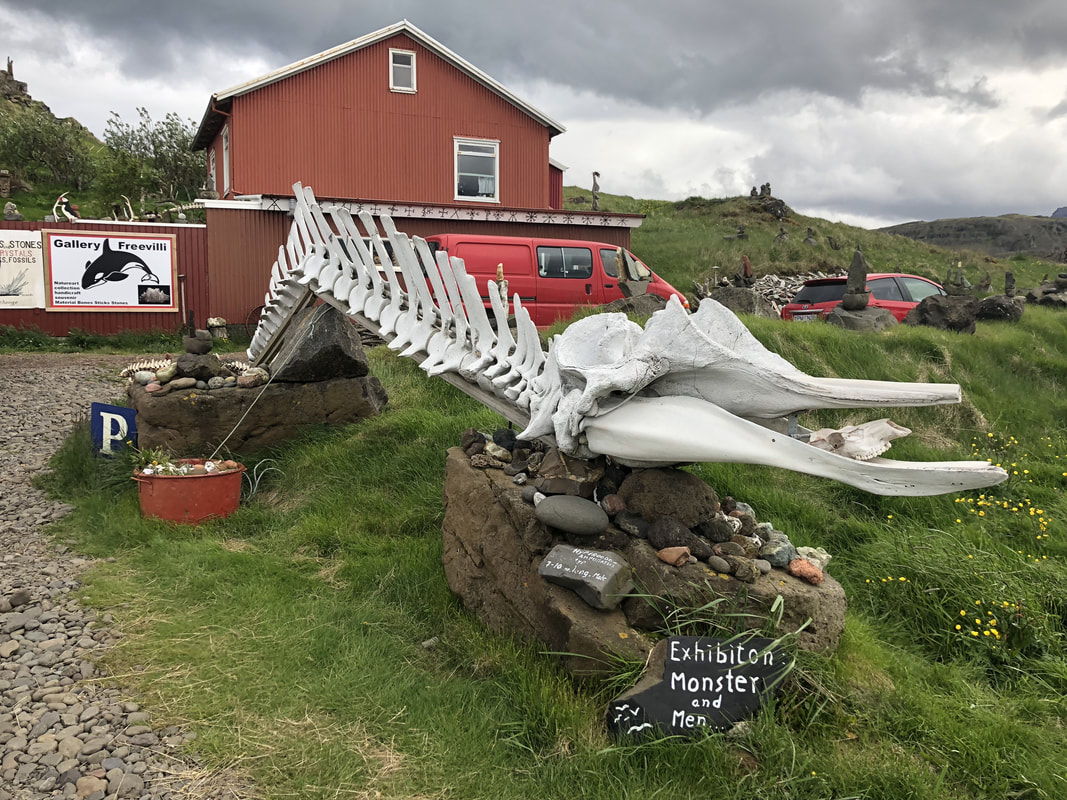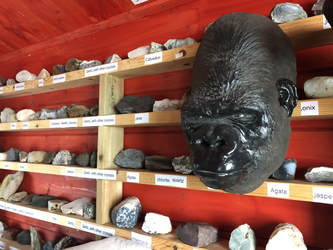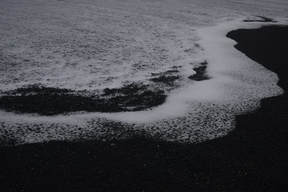 The further north you go in Iceland, the more sparse the towns and people get. At the same time, the landscape becomes more beautiful and open. After a very busy few days on The Snæfellsnes Peninsula, we were ready to view the wildlife and geography that the northern region had to offer. We started our few days in the northern region in the town of Akureyi. The town has brightly colored buildings that pop in contrast to the mountains that surround them. The harbor had a cruise ship docked, so the streets were packed. We did not give this picturesque, little fishing town the time it deserved. We parked, walked straight to the church, and looked at a few of the surrounding streets. We were in a bit of a hurry to see as many things as possible that day. Our next stop was Godafoss. Its turquoise waterfalls and mossy cliff faces makes it one of the prettiest waterfalls we saw on our trip. When we arrived, we stopped to take pictures on the bridge with a smaller waterfall in the background, but the real masterpiece is hidden behind massive canyon walls. We walked along the trail and were able to get much closer to the fall than we initially expected. When we started to get a little wet from the mist, we called it quits and hopped back in our Kuku Camper to drive toward our next destination. Lake Myvatn held an unexpected landscape. We started by seeing a grassy, green lake that was surrounded by hills. These turned out to be crater lakes! Further down the road, we swam in a slot canyon grotto before visiting Mars on Earth at Hverir. It was the most unique place on the Island that we visited. 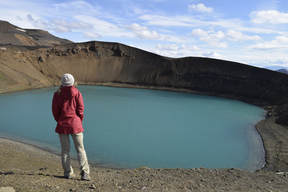 Close to the Lake Myvatn area is Viti Crater. We stopped for a quick picture, but the wind was blowing like crazy, so we decided against walking along the edge. It was a very cool spot that we wish we could’ve had more time to learn about and explore, but we had another waterfall to see. Detifoss is Europe’s most powerful waterfall. It has 500 cubic meters of water falling over its 150 foot drop every second. We came in on the west side of the river where there is a nice pathway and viewing platform. If you come in on the east, you can walk right up to the raging water. We were truly impressed with the overwhelming size of this waterfall. We drove quite a long way off of the ring road to see puffins at our next stop in Borgarfardarhöfn. The hour or so journey up the mountain was narrow and gravelly but absolutely worth the pictures we got. You can see more of my pictures in our gallery, here. 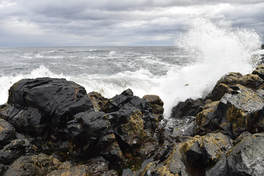 When we got back on the Ring Road, we attempted to see the Saxa Sea Geysir which actually isn't a geyser at all. It’s a rock formation that blasts water into the air. Unfortunately, we didn't go during high tide, so we had a hard time finding the formation. We think we saw it, but we don’t actually know if it was the correct place. 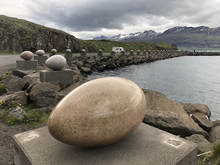 We continued down the coast and stopped in the town of Djúpivogur to see the Eggin í Gledivik sculptures.These sculptures of Iceland’s native bird eggs are very interesting, but we ended up stopping at The Gallery of Freevilli for the most interesting stop of our trip. We looked at the collections of gemstones, bone, and carvings while talking to the owner, before we hopped back in the car for another one of our favorite stops on the trip. Hvalnes Nature Preserve was an unexpectedly fun and interesting shoreline. For almost an hour, we stumbled around on the black gravel beach, looked at the washed up shells and carcasses, and ran from sneaker waves. We laughed so hard at one another as we tried to run from the waves. It was our favorite beach on the trip if not our favorite spot overall.  After all of our excitement on the beach, we had worked up quite an appetite. We stopped in the 'langoustine capital of the north', Höfn, in Hornafirði Fjord. We had some lobster rolls and deep fried hot dogs at Hafnarbúdin. After the great meal, we spent the last bit of our time in the northern region at our campsite in Haukafell. Our two days in the northern region of Iceland were jam packed with things to do and places to see. We came across waterfalls, beautiful wildlife, stunning landscapes, and delicious food. Though northern Iceland is not as popular as the southern region, there is no doubt in my mind that it is just as wonderful, diverse, and intriguing as any other region.
0 Comments
Leave a Reply. |
Talkin' 'bout Tacos:
I'm Taylor, aka Tacos! I am sharing my journeys and experiences from across the world hoping to inspire travel and adventure in all who read. Archives
June 2024
|
